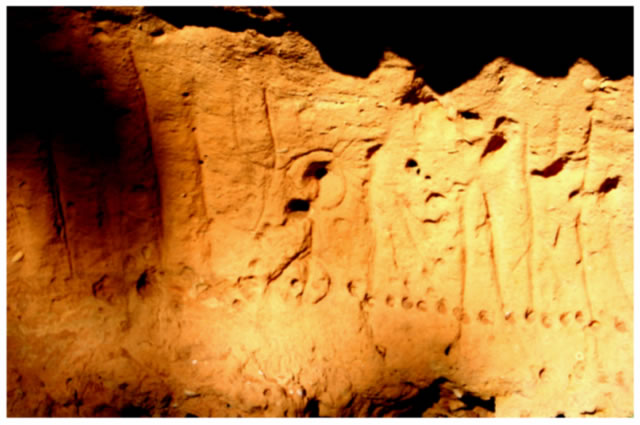Join the oldest operating astronomical group in Sydney. The group provides an opportunity for those interested in astronomy to share and broaden their interest in the sky. People at all levels are catered for from beginners to serious amateur astronomers. Whether you want to just listen to a monthly lecture or to discuss serious observing through a telescope, this is the club for you.
These meetings usually consist of brief reports of observations made during the month by club members and a presentation from a guest speaker followed by a light supper. There is a $2 fee for each meeting.
by Duane Hamacher
Monday, March 5th at 6:30 pm - Sydney Observatory
Aboriginal Australians had a complex astronomical knowledge system that may stretch back for over 50,000 years. This knowledge extended beyond having names and stories for celestial objects. It included a deep intellectual component that was used for navigation, time keeping, food economics, and social structure.
Recent research from the Aboriginal Astronomy Project at Macquarie University has revealed a wealth of astronomical knowledge and practices by Aboriginal people, including the construction of stone arrangements and ceremonial sites to cardinal directions and astronomical objects, such as the setting position of the sun or the orientation of the Milky Way. Aboriginal people paid careful attention to, and had explanations for, eclipses, comets, meteors, and variable stars. Research also suggests that oral traditions describing meteorite impact events remain strong after thousands of years.
In this talk, Duane Hamacher from the Aboriginal Astronomy Project will discuss the latest results from the Project and explore how Aboriginal Australians may very well be the world’s oldest astronomers.
In this talk, Duane Hamacher from the Aboriginal Astronomy Project will discuss the latest results from the Project and explore how Aboriginal Australians may very well be the world’s oldest astronomers.
Duane Hamacher giving a tour of Aboriginal rock art sites, including the famous Emu in the Sky engraving,
in Kuring-gai Chase National Park north of Sydney.
About the Speaker
Duane Hamacher is a trained astronomer and science educator at Macquarie University and Sydney Observatory. After graduating in physics from the University of Missouri and completing a Master's degree in astrophysics at the University of New South Wales, he submitted a PhD thesis at Macquarie University where he researched the astronomical knowledge and traditions of Aboriginal Australians. He is currently the Jenni Chandler Fellow in Aboriginal Astronomy in the Department of Indigenous Studies and manages the Association for Astronomy at Macquarie.
Talks are followed by supper ($2 donation)
Open to Members and everyone who is passionate about astronomy. It is possible to join Sydney City Skywatchers on the evening or take home a membership form.
Bookings are not required.






